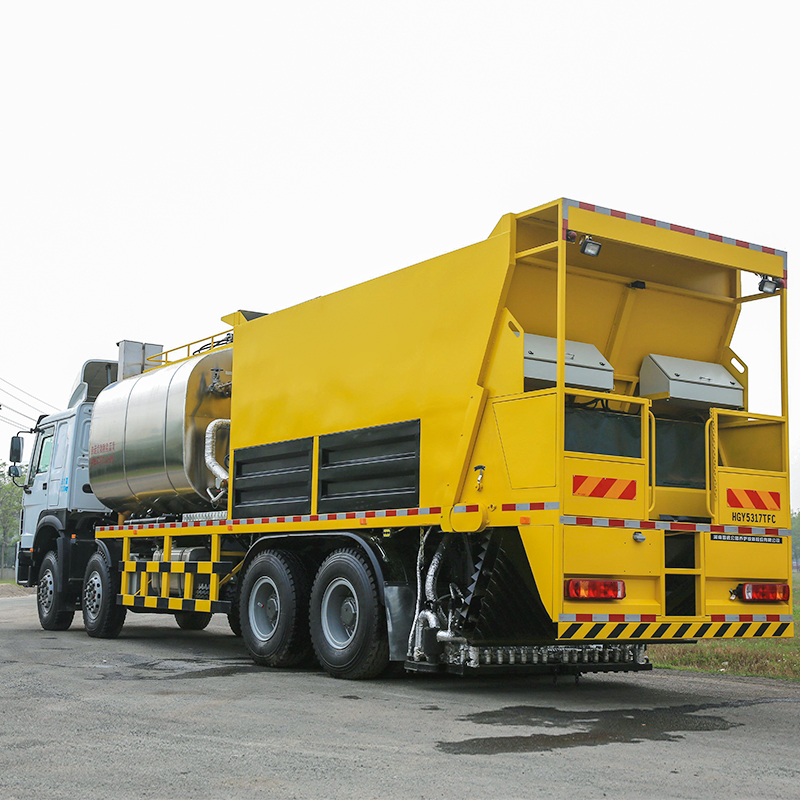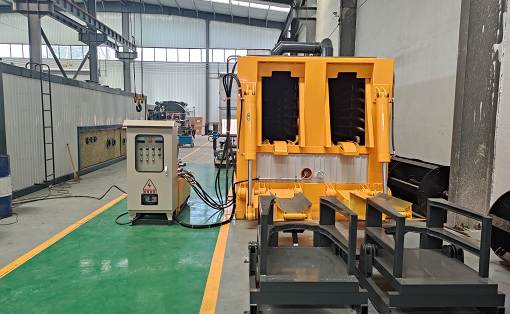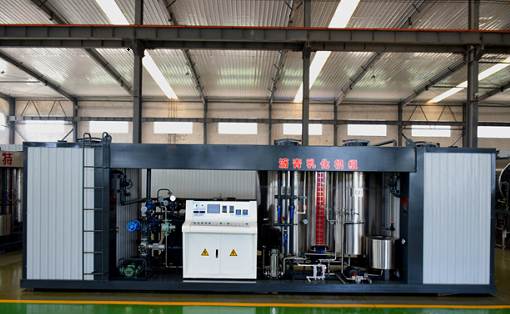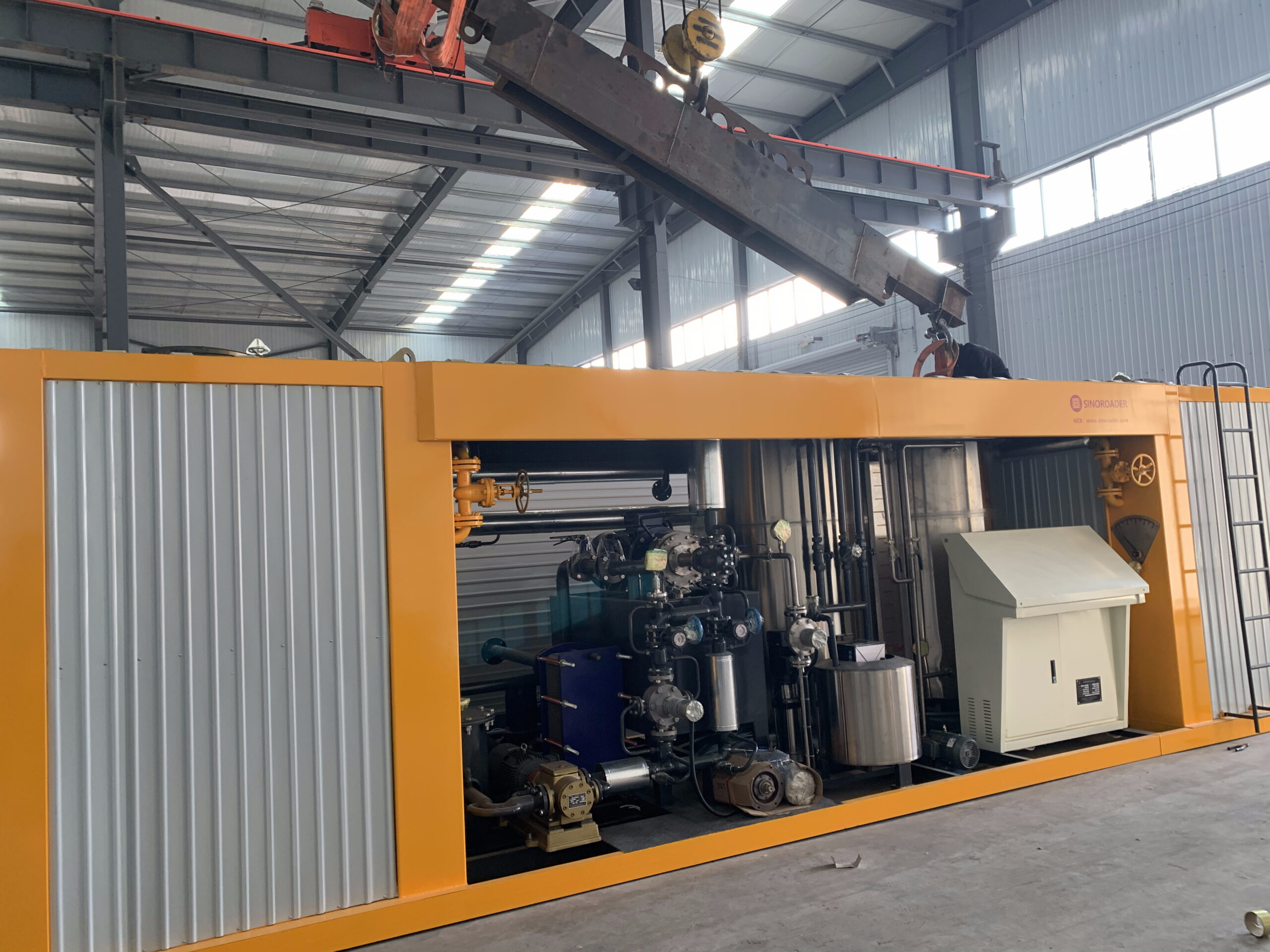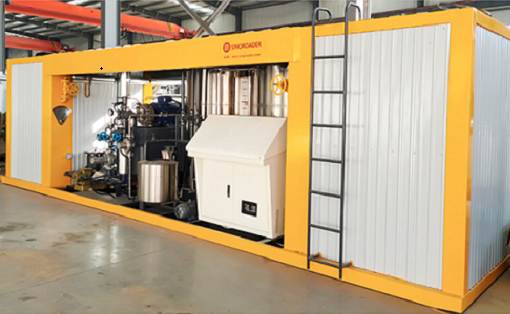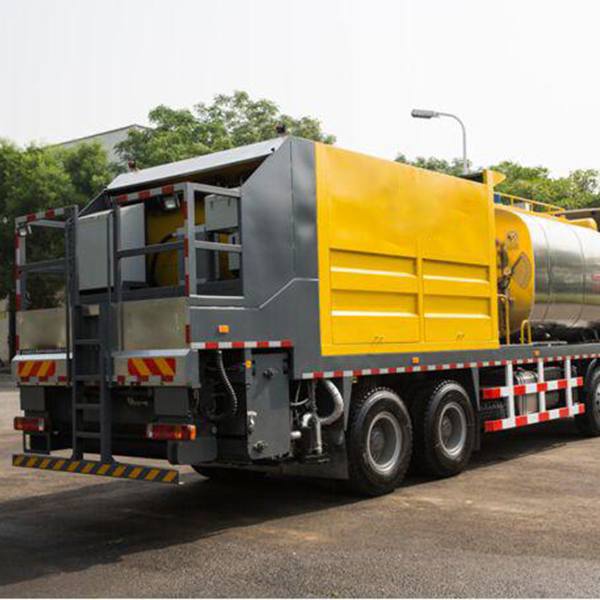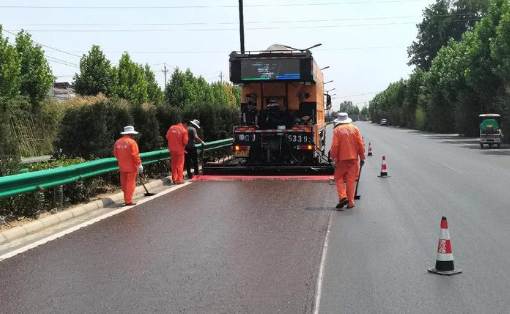Microsurfacing and Slurry Seal Preparation Construction Steps
Preparation items for micro-surfacing slurry sealing: materials, construction machinery (micro-surfacing paver) and other auxiliary equipment.
The micro-surface slurry seal requires emulsified asphalt and stone that meet the standards. The metering system of the micro-surfacing paver needs to be calibrated before construction. The production of emulsified asphalt requires asphalt heating tanks, emulsified asphalt production equipment (capable of producing asphalt content greater than or equal to 60%), and emulsified asphalt finished product tanks. In terms of stone, mineral screening machines, loaders, forklifts, etc. are needed to screen out oversized stones.
The tests required include emulsification test, screening test, mixing test and the equipment and technical personnel required to do these tests.
Preparation items for micro-surfacing slurry sealing: materials, construction machinery (micro-surfacing paver) and other auxiliary equipment.
The micro-surface slurry seal requires emulsified asphalt and stone that meet the standards. The metering system of the micro-surfacing paver needs to be calibrated before construction. The production of emulsified asphalt requires asphalt heating tanks, emulsified asphalt production equipment (capable of producing asphalt content greater than or equal to 60%), and emulsified asphalt finished product tanks. In terms of stone, mineral screening machines, loaders, forklifts, etc. are needed to screen out oversized stones.
The tests required include emulsification test, screening test, mixing test and the equipment and technical personnel required to do these tests.
A test section with a length of not less than 200 meters should be paved. The construction mix ratio should be determined based on the design mix ratio according to the conditions of the test section, and the construction technology should be determined. The production mix ratio and construction technology of the test section shall be used as the official construction basis after approval by the supervisor or owner, and the construction process shall not be changed at will.
Before the construction of micro-surfacing and slurry sealing, the original road surface diseases should be treated according to the design requirements. Processing of hot melt marking lines, etc.
Construction steps:
(1) Remove soil, debris, etc. from the original road surface.
(2) When drawing conductors, there is no need to draw conductors if there are curbs, lane lines, etc. as reference objects.
(3) If there is a requirement to spray sticky layer oil, use an asphalt spreading truck to spray the sticky layer oil and maintain it.
(4) Start the paver truck and spread the micro-surface and slurry seal mixture.
(5) Repair local construction defects manually.
(6) Initial health care.
(7) Open to traffic.




